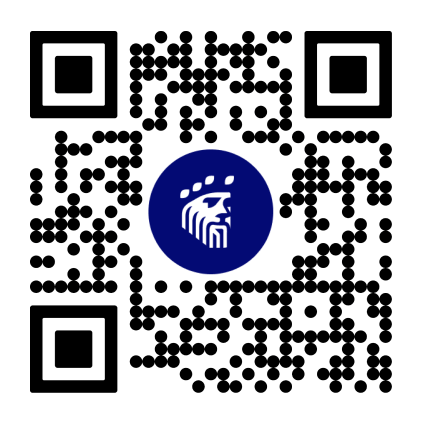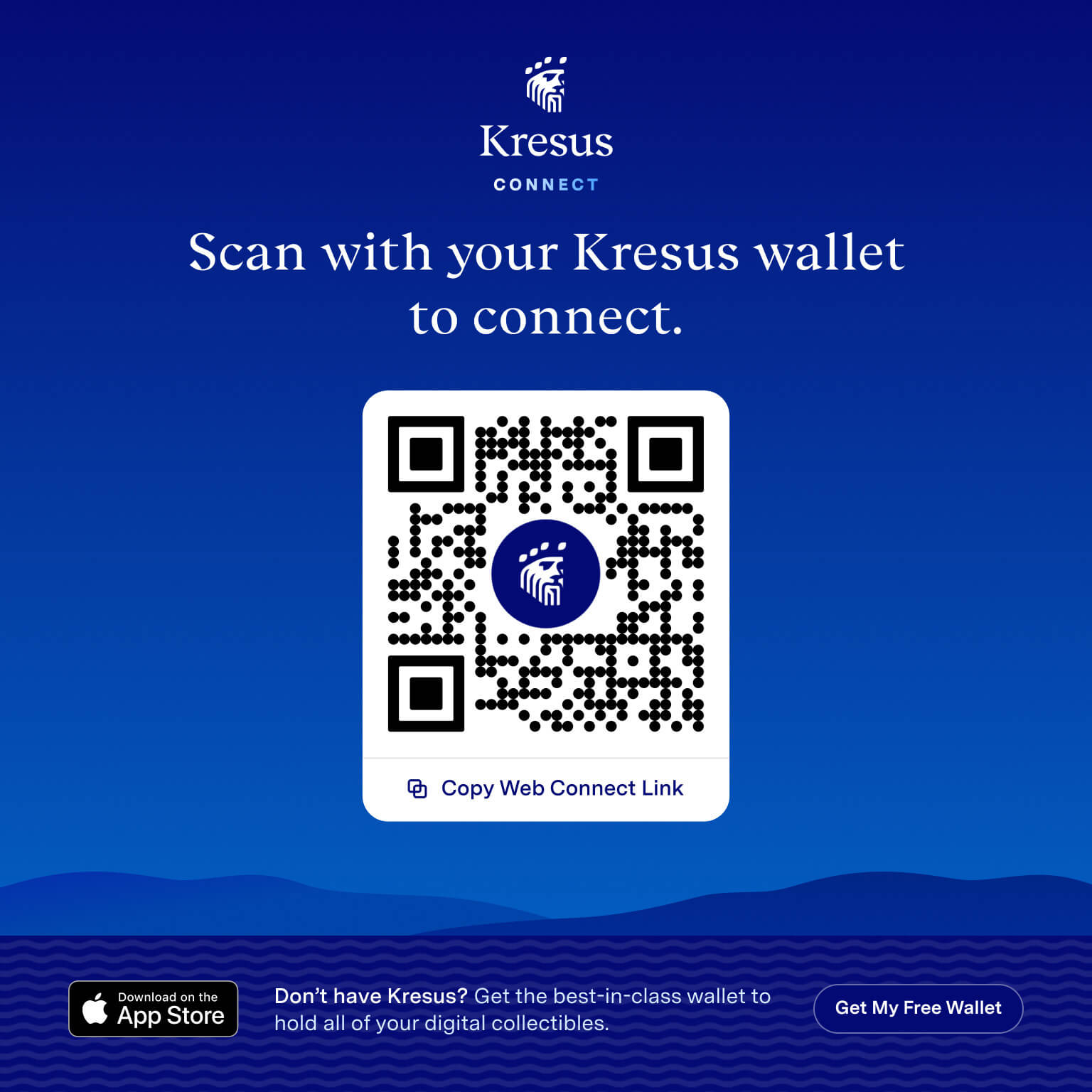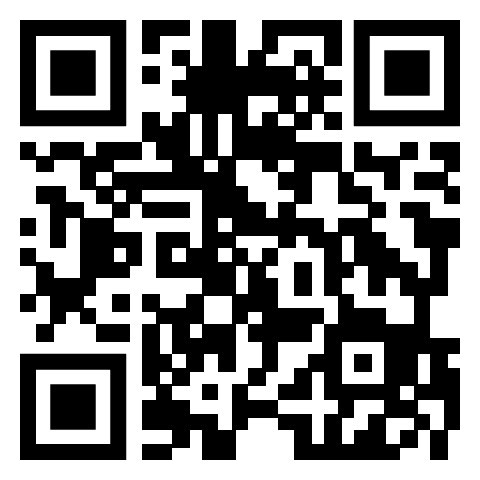In 2009, the Bitcoin blockchain went live. It’s doubtful that its anonymous inventor anticipated what would happen next. Since its launch, the embrace of Bitcoin and its defining values have brought about an entire ecosystem of blockchains, companies, and decentralized applications.
The decentralized internet has taken shape, and the regulars have given it a name: web3.
The Kresus Super App
- Cutting edge security. Total transparency
- Easy to set up. Impossible to get locked out
- A dynamic place to learn, collect, and connect
Get it now. Scan the QR code

However, before diving into the world of web3, you might want to know about how we got here. After all, the less you know, the more you could lose—and crypto has a tendency to stump even its biggest cheerleaders. Read on to learn about crypto, its complexities, and the burgeoning web3 space.
An Abbreviated History of Crypto
In the grand scheme of things, cryptocurrency is a relatively new invention. When Bitcoin launched in 2009, the world economy was flailing through the worst days of the Financial Crisis. Its invention itself was known to be a critique of a political and economic system that had become highly concentrated and controlled.
As a result, Bitcoin and blockchain became associated with philosophies of freedom, self-governance, decentralization, and monetarism. Its surprisingly simple purpose—as a unit of exchange—gradually became more complicated as a community and ecosystem inspired by the technology expanded the reach of its values.
Bitcoin’s Disciples: Litecoin, Dogecoin, and more
That expansion of values led to interpretations of what Bitcoin should be and shouldn’t be, which naturally gave rise to scores of new cryptocurrencies. These later iterations of Bitcoin such as Litecoin and Dogecoin aimed to solve its inefficiency problems, while Zcash and Monero were squared on resolving its privacy problems.
Though none of these cryptocurrencies gained the same fervor as Bitcoin, they became meaningful alternatives to the world’s first and most valuable cryptocurrencies. In fact, almost all of them are still in use today—often by dedicated, albeit niche communities, of crypto maximalists.
The Rise of “Smart” Blockchains and Dapps
The blockchain’s biggest strides into the mainstream came after the launch of the Ethereum blockchain in 2015.
Ethereum made mainstream a number of ‘firsts’ in the world of blockchain and cryptocurrencies. For one, Ethereum helped cryptocurrencies move beyond simply being a unit of exchange—smart contracts and tokens became a staple of the new chain.
As a result, the blockchain became the backbone for a new generation of assets and applications, all built in a decentralized way. From this, we’ve seen the rise of DeFi protocols, non-fungible tokens, decentralized autonomous organizations (DAOs), and marketplaces on the blockchain.
This exciting new frontier would soon come to be known as web3; and the apps were given an equally imaginative name—decentralized apps, or dapps for short.
The Rise of Web3
Over the last few years, a number of blockchains have taken after Ethereum—much like Bitcoin and its iterations before. As a result, there are now dozens of blockchains, most of which empower users to use dapps and engage with the decentralized economy.
As it turns out, the rising popularity of these blockchains has coincided with a crisis of confidence in the modern internet. Users are increasingly aware that their free use of social media sites, search engines, and other digital resources has lined the pockets of some of the world’s richest companies.
This crisis of confidence has led many users away from the fiefdom of big tech companies—and some users have found themselves right at home in the playground that is web3.
Decentralized apps have taken blockchains beyond their purely financial roots. While Bitcoin is still used as a store of value and exchange, builders on new blockchains have begun to opine on what a world would like where you own your own assets, identity, and data.
What You Should Know Before Diving Into Web3 and Crypto
Despite being exciting, and potentially revolutionary, there are a few things you’ll want to know before you dive into the world of web3 and modern cryptocurrency marketplace. Here’s what you need to know:
Crypto and web3 Are Still New Technologies
There was a time when crypto was a completely nascent idea, but today, the world’s leading cryptocurrencies are worth over $1 trillion. The reason why is quite simple: cryptocurrency is seen as a way to invest in the growth of a generational technology.
That generational technology is blockchain, and as a result, that means people investing in crypto are indirectly investing in web3 and all its decentralized promise.
Being early to the party can mean taking some risks, though. For one, web3 is still misunderstood, unregulated, and in the opening innings of its development. There is potential that web3 could change the world—we might one day use social media sites which are decentralized, record legal records or contracts on the blockchain, or even buy real assets like houses using NFTs or other digital assets.
If you understand this, and participate responsibly in this emergent ecosystem, you could benefit from the growth of web3. Even more excitingly, you stand to benefit from the learning experiences from being early.
Trading Crypto Is Highly-Speculative
Many people interested in crypto are interested in it for its financial opportunity. These people have likely seen the radical growth in value for leading cryptocurrencies like Bitcoin and Ethereum—and their logical conclusion is that they will continue growing.
However, cryptocurrencies are complicated financial instruments. They are not like other currencies, nor stocks or bonds. As a result, the values of cryptos are known to move in unpredictable and volatile ways. The reasons they might move are also much different than you’d expect from a traditional investment, which can be ascribed to the nuances of blockchain.
Not only are blockchains technically complex, but the systems built on top of these decentralized databases are too—the value of every crypto is affected by highly-engaged crypto communities, the quality of protocols and dapps on a chain, and its unique value proposition or technology.
All this to say: if you’re only interested in crypto because of its financial gain, you might be surprised to know it won’t come easy. And if you’re interested in crypto, but not engaged with the emergent web3 ecosystem, you might be operating at a disadvantage compared to other traders.
Embracing web3 Means Going On Chain
That last sentence underlies a reality that many crypto maximalists are starting to warm up to: web3 and crypto are now attached at the hip. Sure, there are guys who only buy Bitcoin or Ethereum, but for the most part, the community that helped embrace and raise Bitcoin into the mainstream has now embraced web3.
Above all else, web3 is about owning your own identity, assets, and data. That means that, while many people have grown accustomed to the ‘safety’ and comfort of crypto exchanges like Coinbase and Binance, embracing this new frontier means venturing outward.
You can explore some of crypto’s latest and greatest blockchains—like Ethereum, Polygon, Solana, and the like—to find some of the best of what web3 has to offer. That means leading NFT projects, decentralized exchanges, DeFi protocols, decentralized autonomous organizations (DAOs), and more.
Things To Know Before Heading On Chain
Though web3 is an exciting space, it’s a complicated one. Web3 has given rise to thousands of blockchains, cryptocurrencies, dapps, and protocols—and that you’ll have no shortage of things to do.
So, once you’ve graduated from buying, selling, and holding your cryptocurrencies on an exchange, your next big leap will be onto the blockchain… but before you can do that, you’ll need to figure out what you really want to do?
Do you want to buy the latest and greatest NFT project? Do you want to participate in a blockchain social club, which has been organized as a DAO? Do you want to try getting yield on your crypto assets through decentralized finance (DeFi) exchanges or pools?
At first glance, this might seem a bit overwhelming, but going on chain means embracing complexity and chaos. Exploring web3 and trying new things is part of the adventure. But before you dive in, you’ll need to spin up a wallet using an app like Kresus and send crypto to your new wallet…
Setting up a non-custodial wallet
If you’re going to explore the web3 universe, you’ll need a space ship. You can think of a non-custodial wallet as your space ship.
However, not all ships (wallets) are built the same. Some require more piloting or experience than most; some are prettier than others, and some don’t have all the latest and greatest features. A new-age wallet like Kresus—which helps you navigate web3 in confidence— offers both newcomers and experts something to cheer for.
Setting up a non-custodial wallet with Kresus makes getting started in web3 super easy.
Send your crypto to your wallet
Once your wallet is live, you can start moving your crypto from the exchange. Or, if you want to take a shortcut, you can onramp to your Kresus wallet using Ramp or Sardine.
To continue the space ship analogy, you can think of major crypto exchanges like Coinbase or Binance as starports. The web3 universe revolves around around these players because of their visibility and the ease of access they’ve created. Increasingly though, people are passing them altogether by using onramps or other apps to buy and send crypto directly to their self-custody wallets.
Ultimately, onramps are just that—a place to get on to web3 using your cash or fiat assets. However, there’s not a whole lot to discover or explore from the comfort of an exchange—and what’s not on ‘your ship’ is not fully yours.
This means you should send your significant sums of crypto to your non-custodial wallet. A wallet like Kresus makes it easy to send and receive crypto. Thanks to .kresus IDs, you can rest easy when making money moves.
Of course, before you do that, you’ll want to pick a blockchain and make sure your favorite exchange supports it. After all, you want to make sure that your ETH makes it to the Ethereum blockchain, rather than some other chain.
Thankfully, Kresus also helps here. By default, most wallets like Kresus offer support for popular blockchains like Ethereum and Polygon. However, Kresus goes a step further: with multi-chain support, you can explain dozens of blockchains and see every corner of web3 without worrying about getting rekt.
Understand what you want to do
As we’ve already opined on numerous times in this article: the blockchain offers no shortage of opportunities and things to do. There are lots of exciting things happening on major blockchains, which means you’ll have to find what interests you.
Being among the first to do something means you’ll have to do some extra lifting, too. Diving into web3 will require an investment of time and energy; some money (crypto) too. Once you’ve set up your wallet and found exciting things to try, there will still be more work than where that came from.
In spite of that, web3 is an exciting place to be—especially for early-adopters. In order to get the most ‘bang for your buck’ and time, though, you’ll want to immerse yourself in the industry: get studied on major blockchains, popular decentralized apps, and exciting opportunities in web3.
What Can I Do In Web3?
Staying current on the latest and greatest in web3 will help you cut through some of the noise (and cost) that comes with poking around on the blockchain. However, knowing where to start is one of the greatest headaches that web3 offers its new citizens. To get an idea of where to start, consider these options…
Navigating Decentralized Finance (DeFi)
The history of crypto and web3 are, in many ways, united by financial interests. That’s one reason why the world of DeFi is one of web3’s biggest draws.
DeFi applications offer blockchain builders alternatives to centralized exchanges and yield solutions. At first read, that might not sound very interesting, but it is an incredible stride.
In 2023, you can exchange your crypto in a completely decentralized way thanks to smart contracts and dapps. DEXes such as Uniswap are among the most popular ways to swap your coins for other assets, but it doesn’t stop there.
DeFi goes beyond exchanges; you can use DeFi to get yield on your crypto in robust, decentralized money markets. You can also use DeFi to trade your favorite cryptos (if that strikes your fancy.)
Navigating Non-Fungible Tokens (NFTs)
NFTs experienced a crazy last few years, with major NFT projects such as the Bored Ape Yacht Club and CryptoPunks rising into the zeitgeist during the pandemic. As a result, collecting and trading NFTs—especially up-and-coming ‘profile picture projects’ (PFP)—has become one of the most popular things to do in web3.
However, that doesn’t mean you need to dive in and start buying expensive NFTs to up your web3 clout. Instead, you can explore all that NFTs have to offer: you can check out NFT marketplaces like OpenSea to find PFP collections, alongside a slew of unique 1-of-1 art projects.
Increasingly, NFTs are also being floated for new uses—they’ve been used in digital metaverses like Decentraland to represent ownership of certain digital in-game assets. They’ve also been considered as alternatives to current forms of credentialing, membership cards, and even ticketing. For more on that, we recommend checking out our article on NFTs.
Navigating Decentralized Autonomous Organizations (DAOs)
Though one of the latest developments to come out of the world of web3, DAOs have opened up the opportunity for decentralized governance and communities. Many decentralized finance apps, NFT projects, and other blockchain-based organizations have launched DAOs to give their most dedicated users a say in the development and policy of decentralized apps.
However, beyond helping existing protocols give their users a say, DAOs have started to be used to organize other communities and social clubs. Friends With Benefits, one of the first ‘social networks’ to build with DAO principles, is a good example of the potential reach of DAOs.
How Can You Cut Down On Crypto’s Chaos?
Despite all the time that has passed, the world of web3 is still quaint—even if it is expanding. And in spite of all the progress made, there is still a lot of work to do.
web3 and crypto has a reputation for teaching everybody—even experts—new lessons. That’s because there’s so much language and nuance that comes with the territory. Just think: outside of crypto, there are few things quite like liquidity pools, crypto-to-crypto swaps, NFT marketplaces, and the like.
That’s why it pays to use an app like Kresus, which boils down crypto’s chaos for both beginners and experienced users. You can navigate your favorite blockchain and apps in plain text, and not the complicated language that has made web3 so difficult to use for so long.












